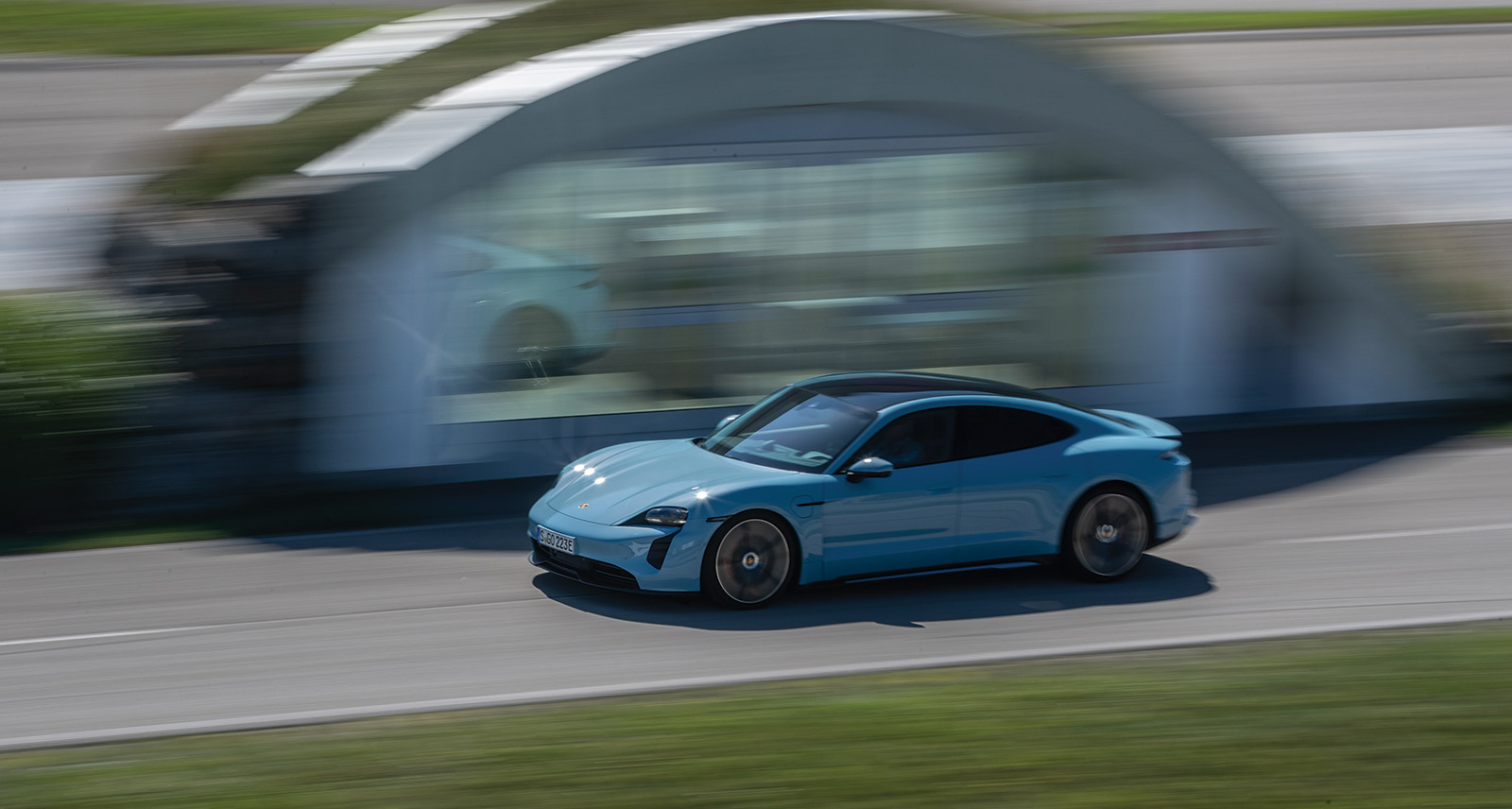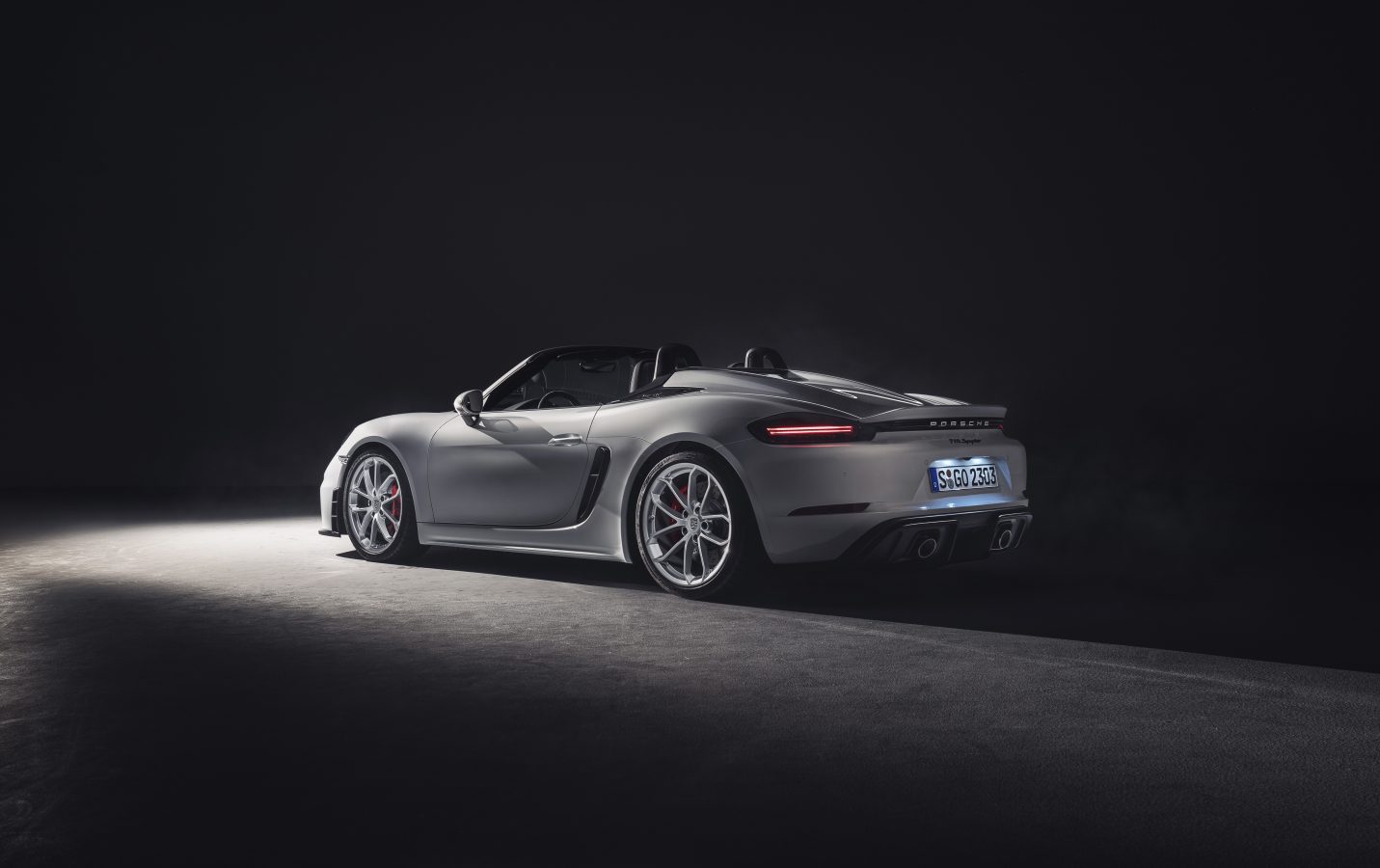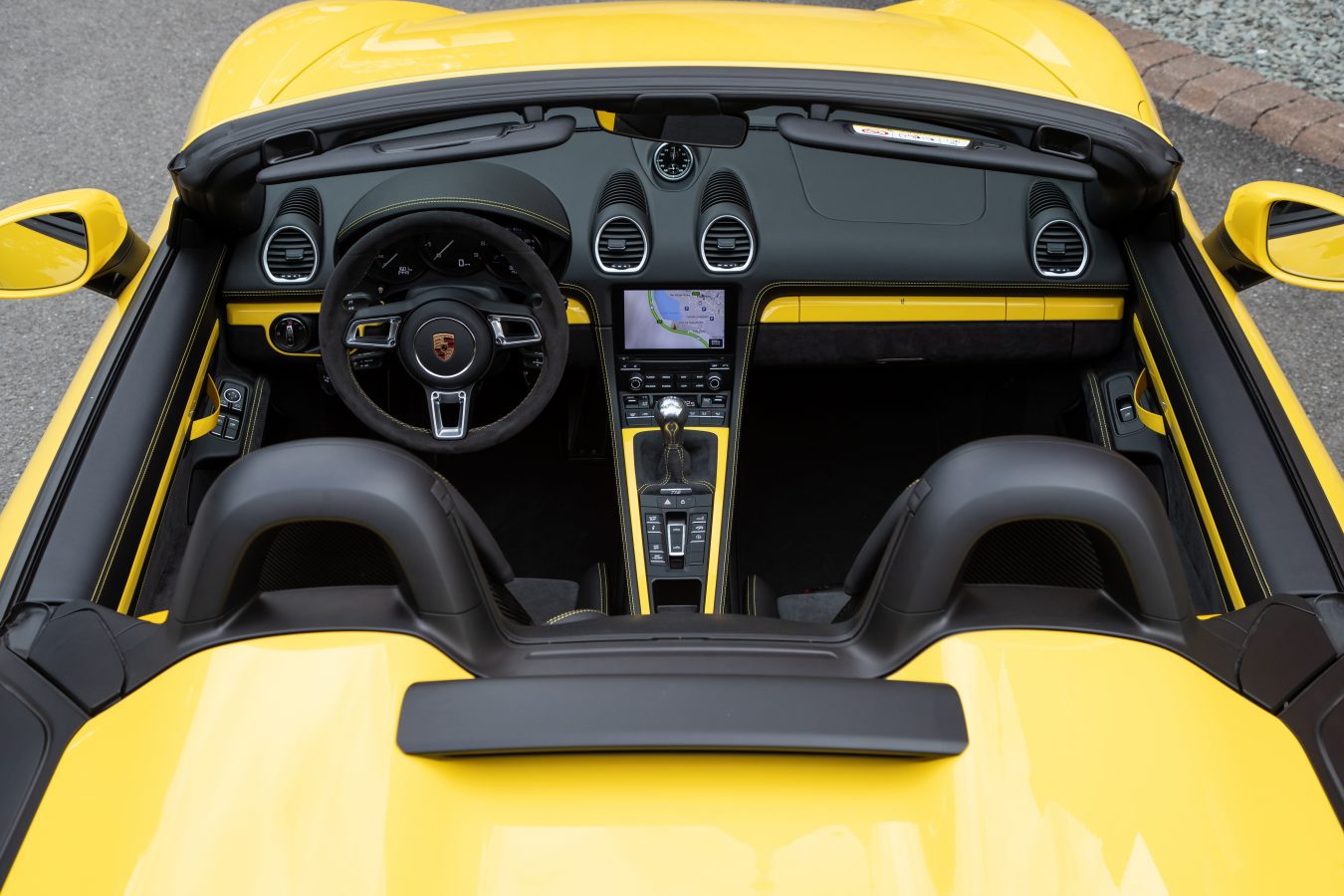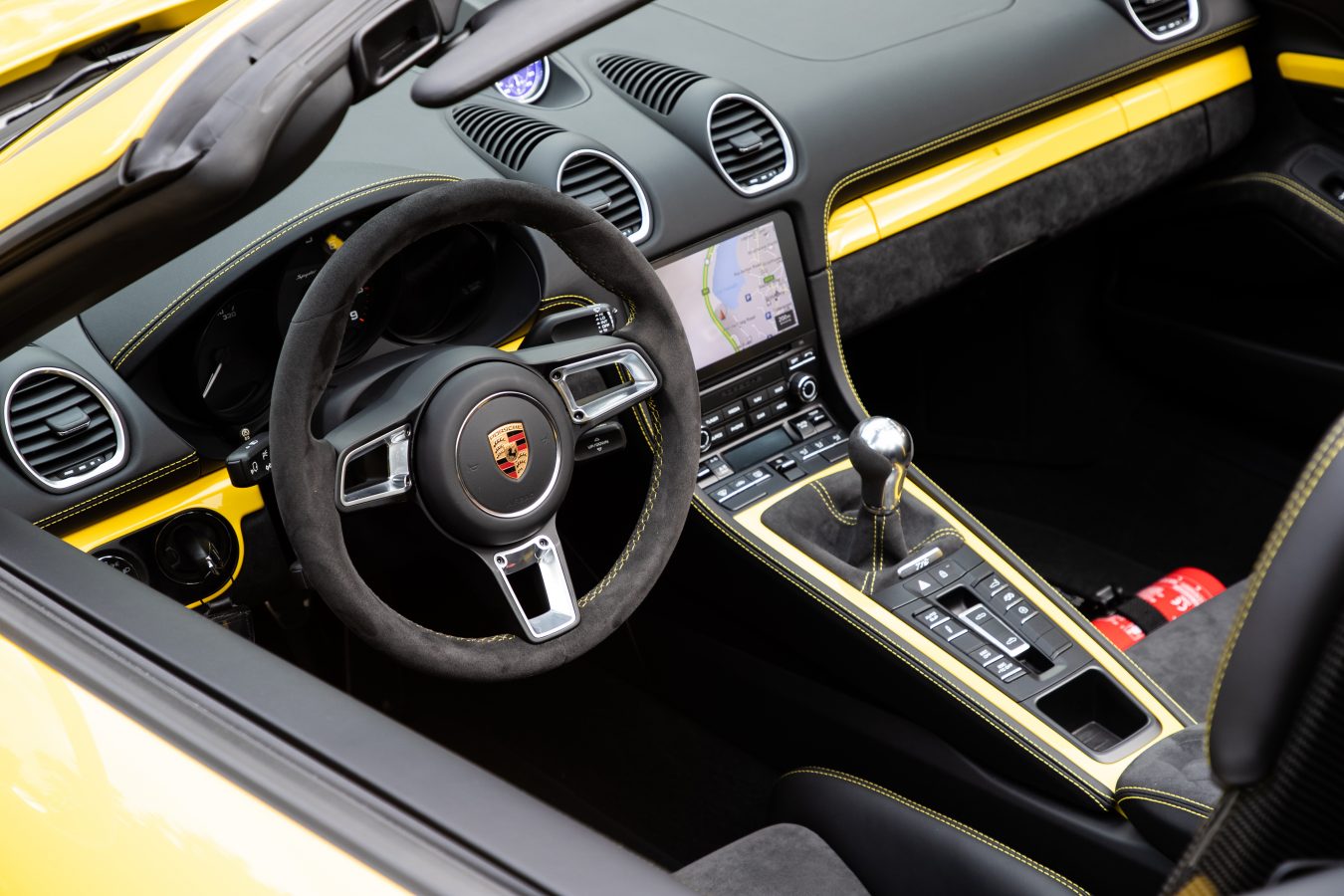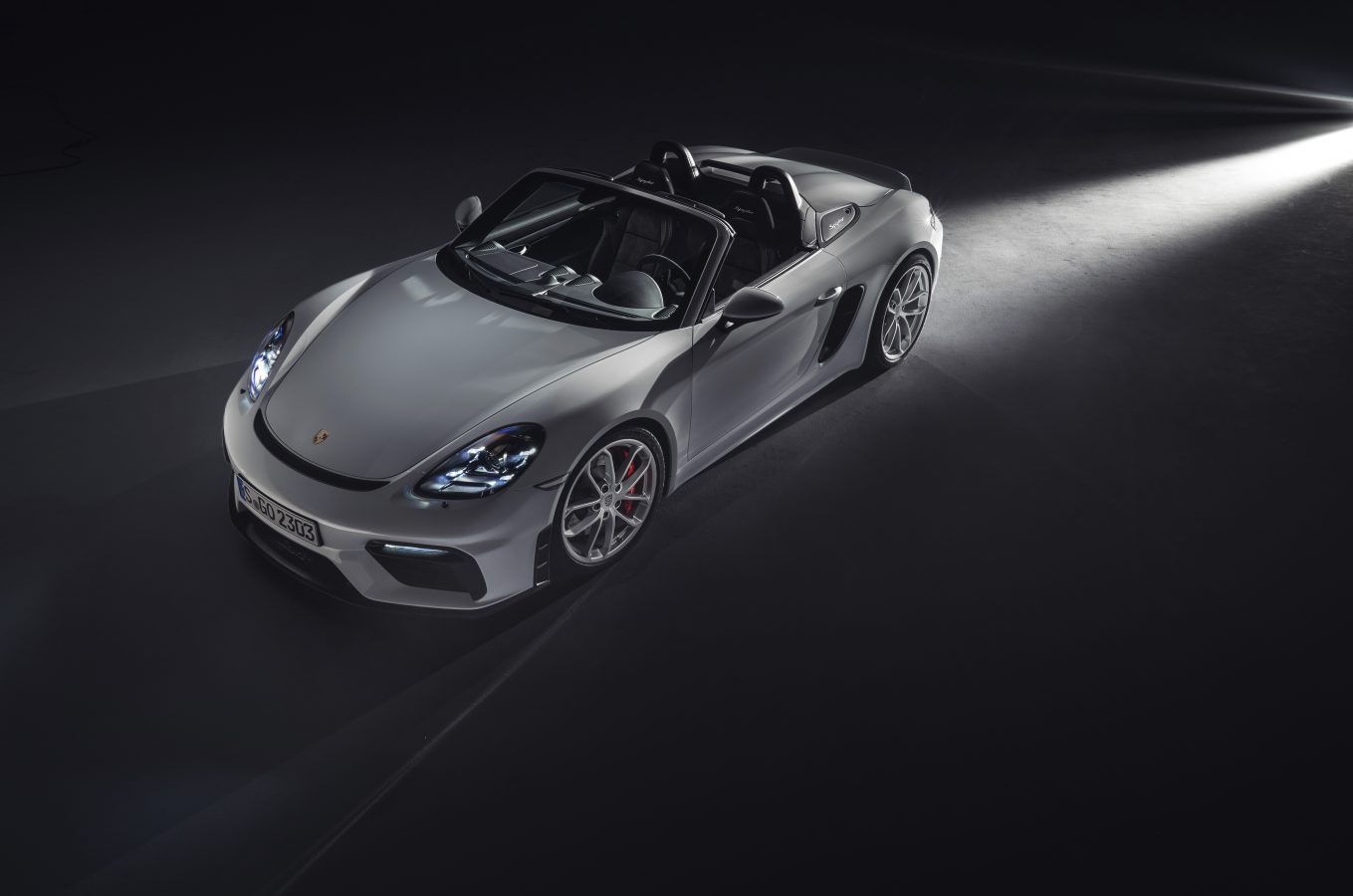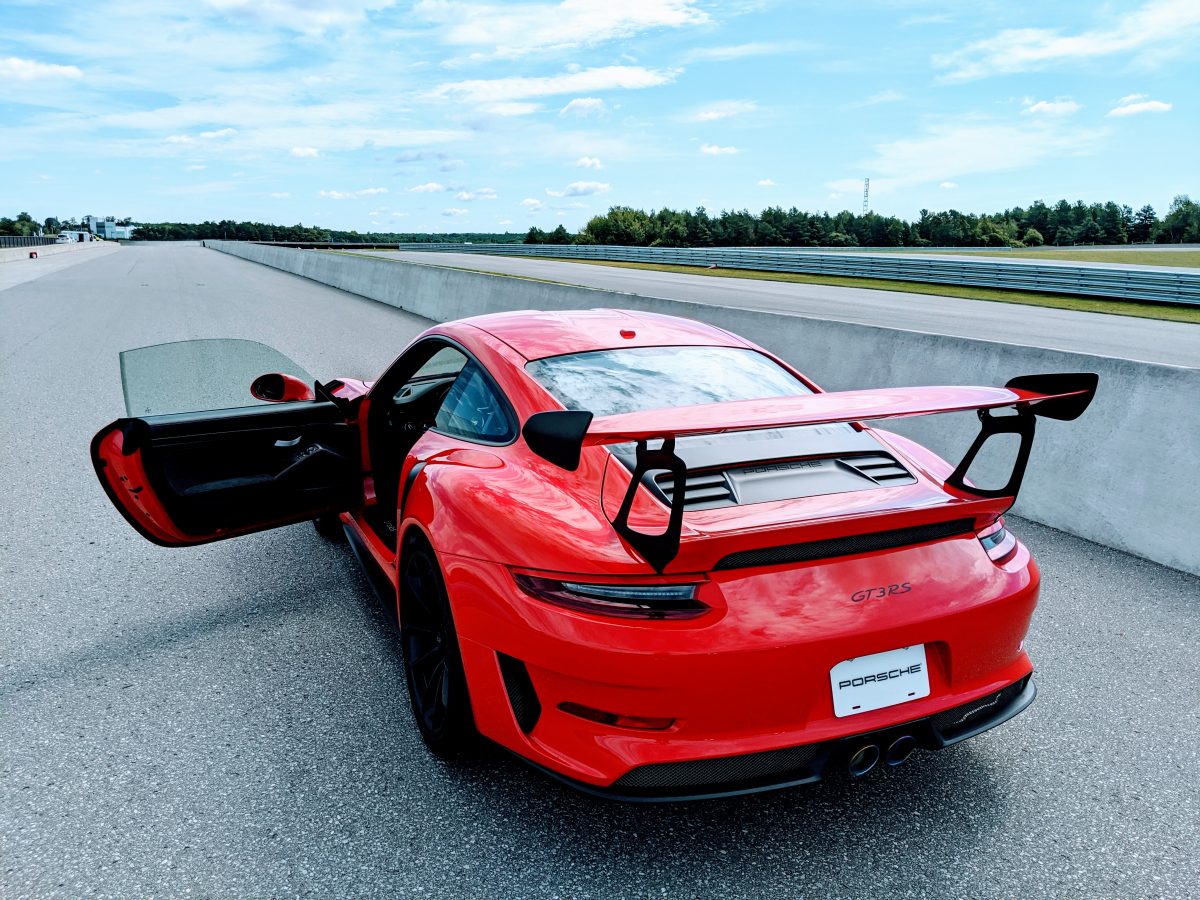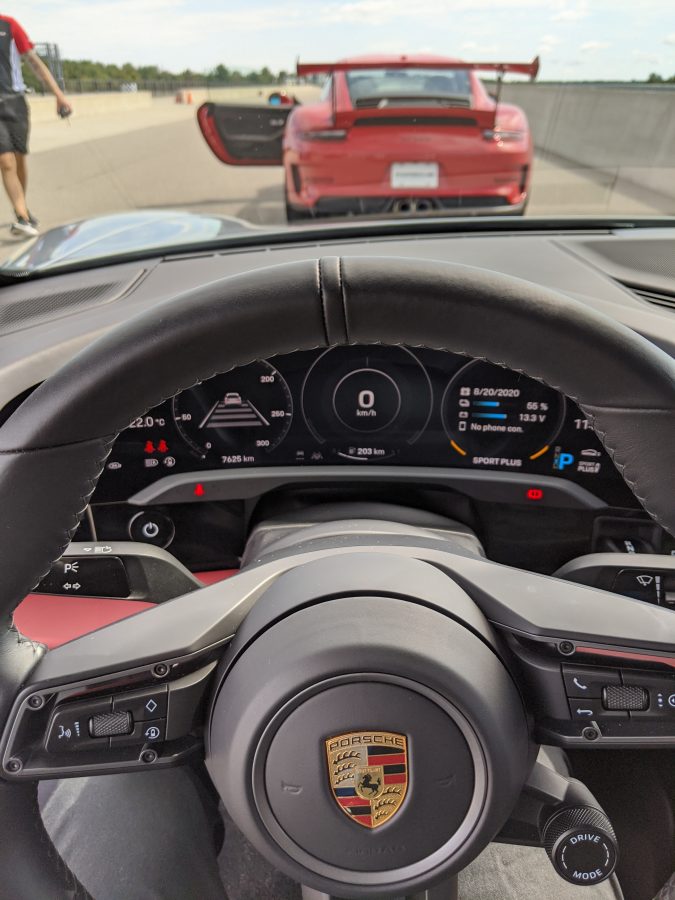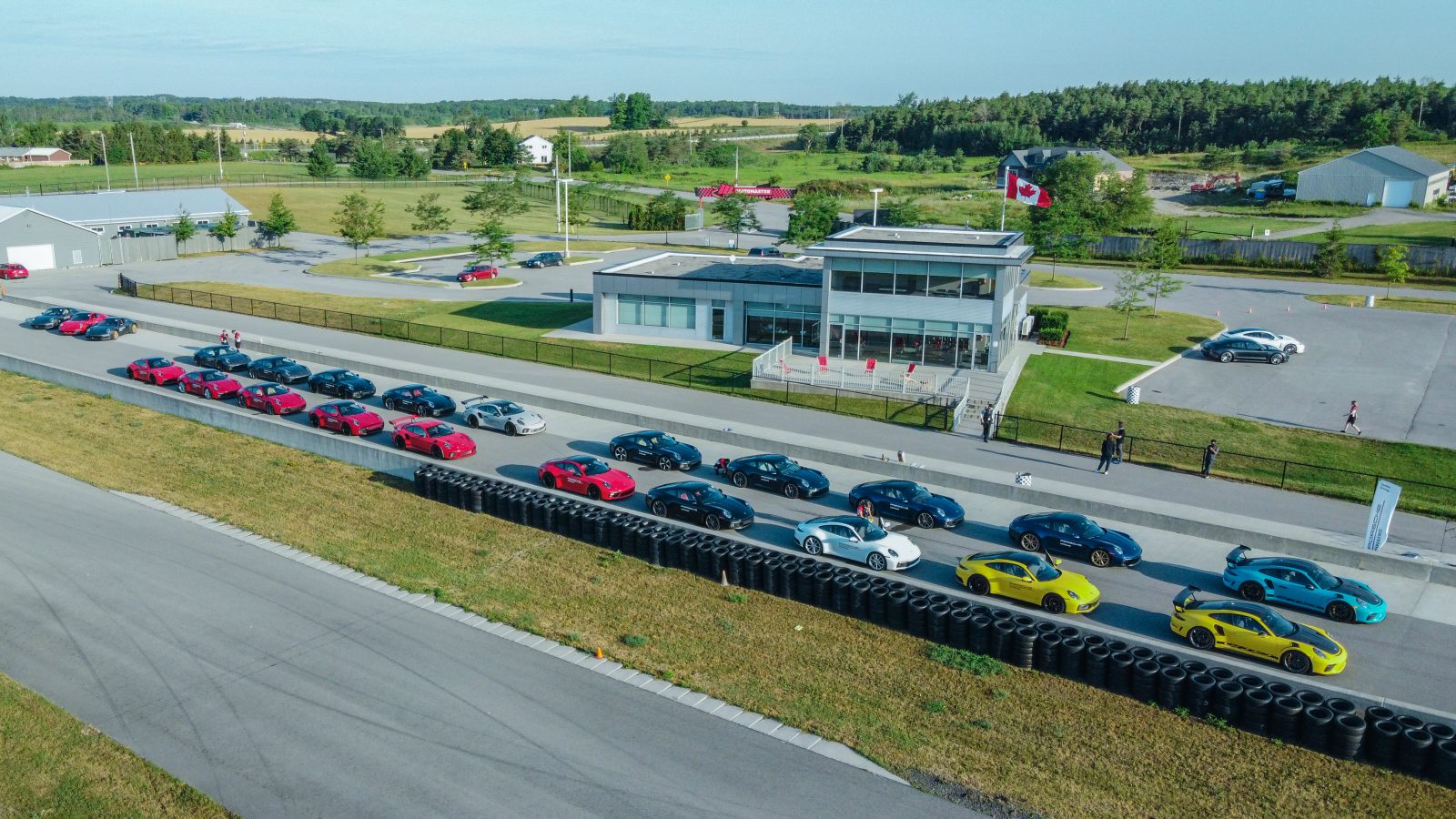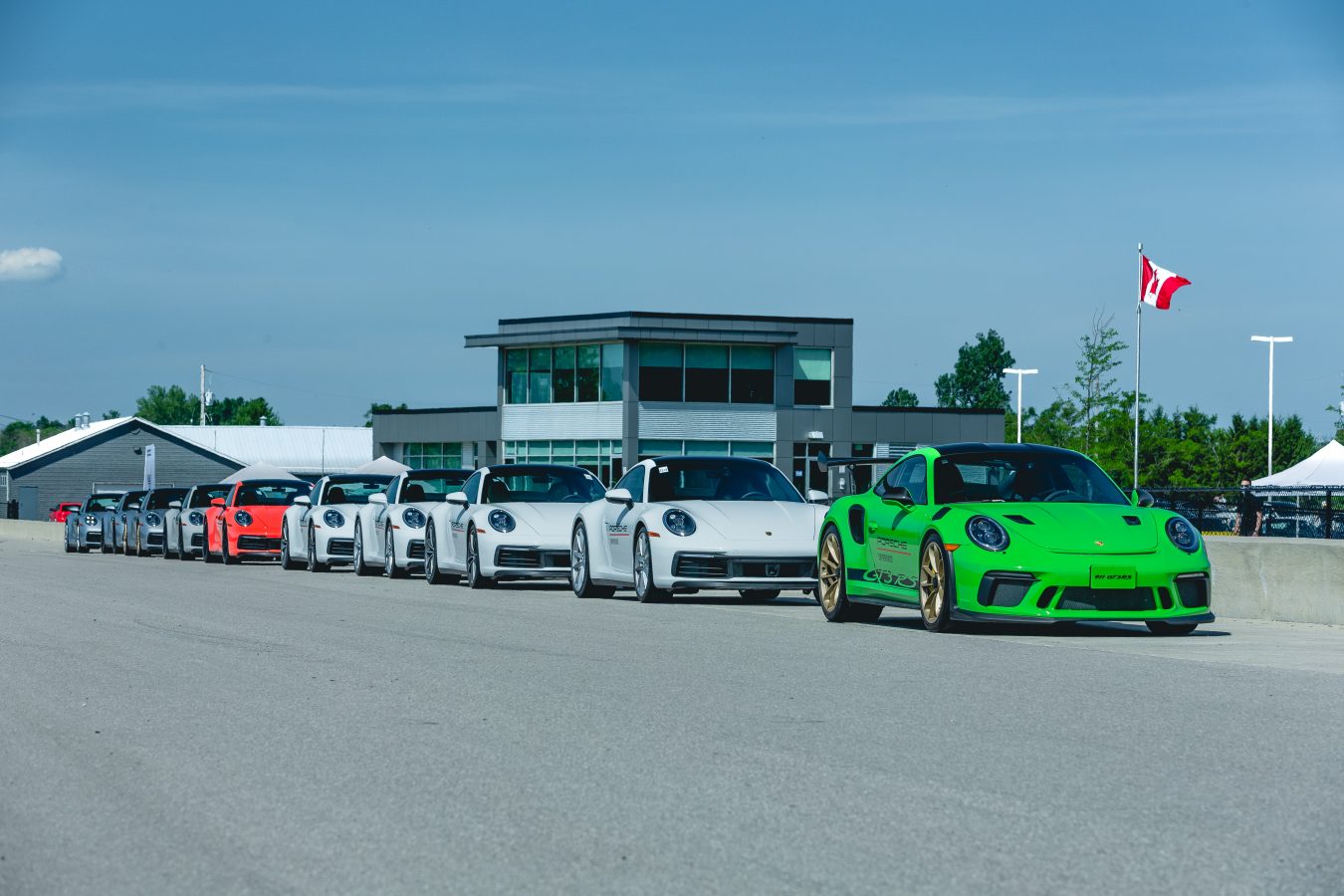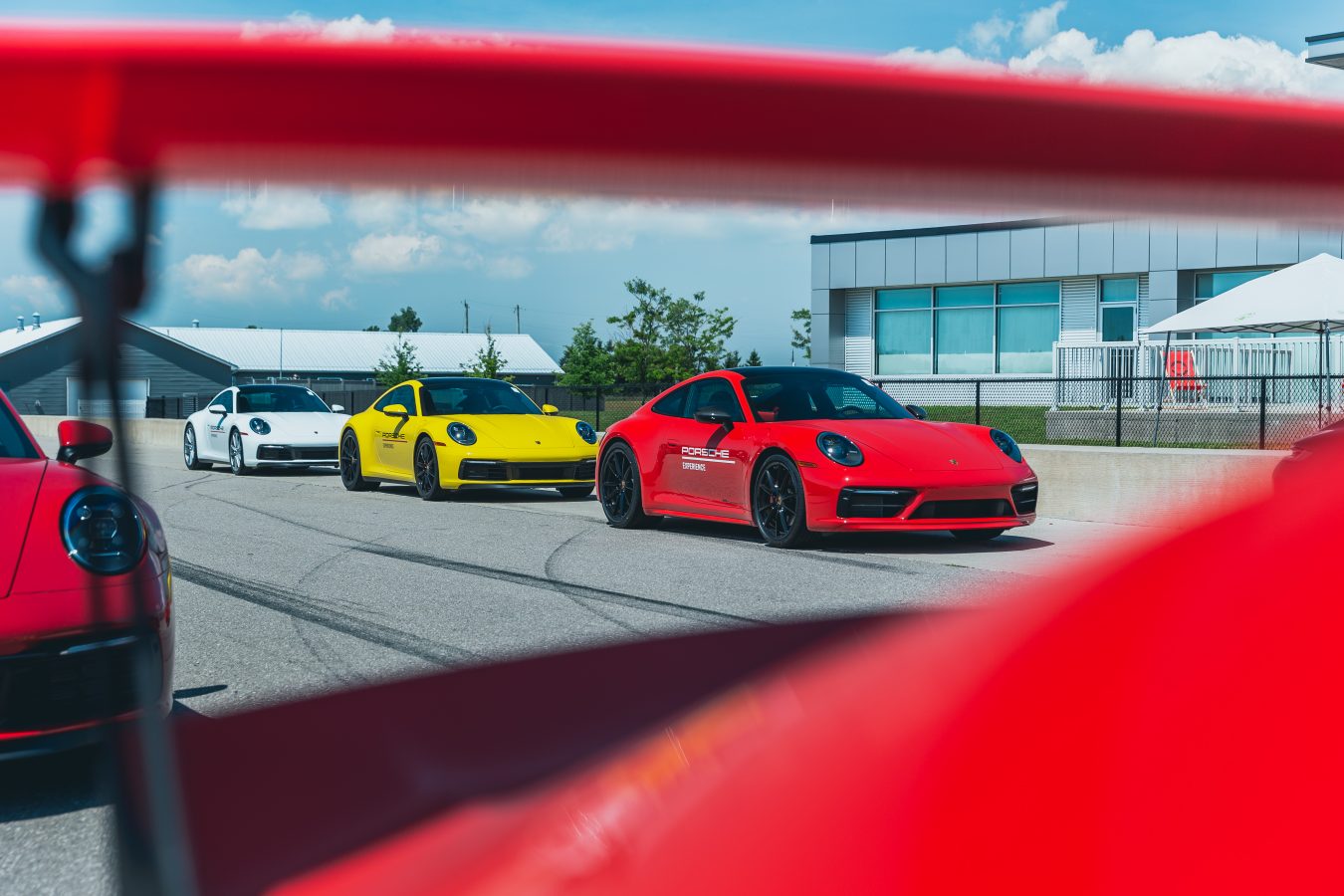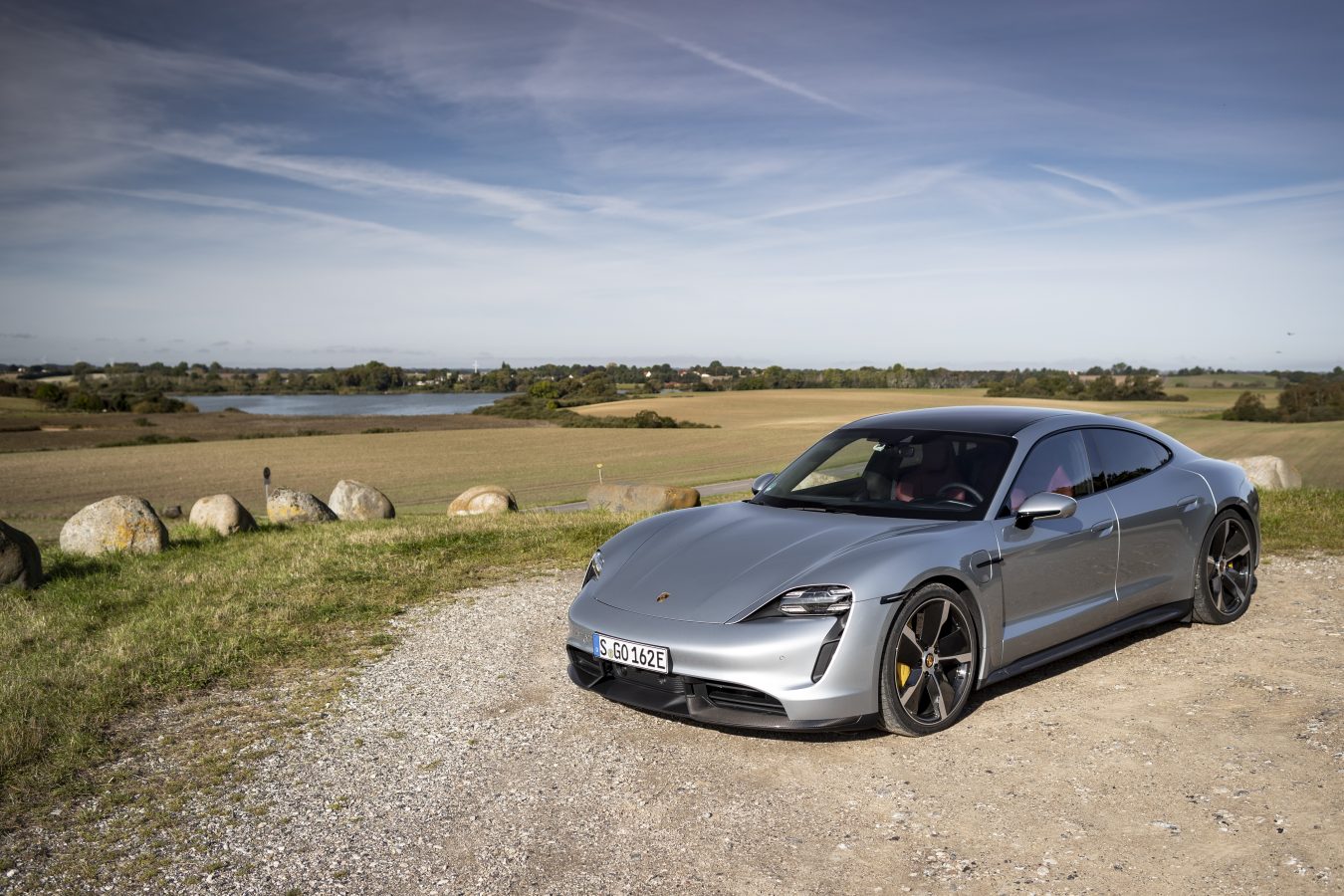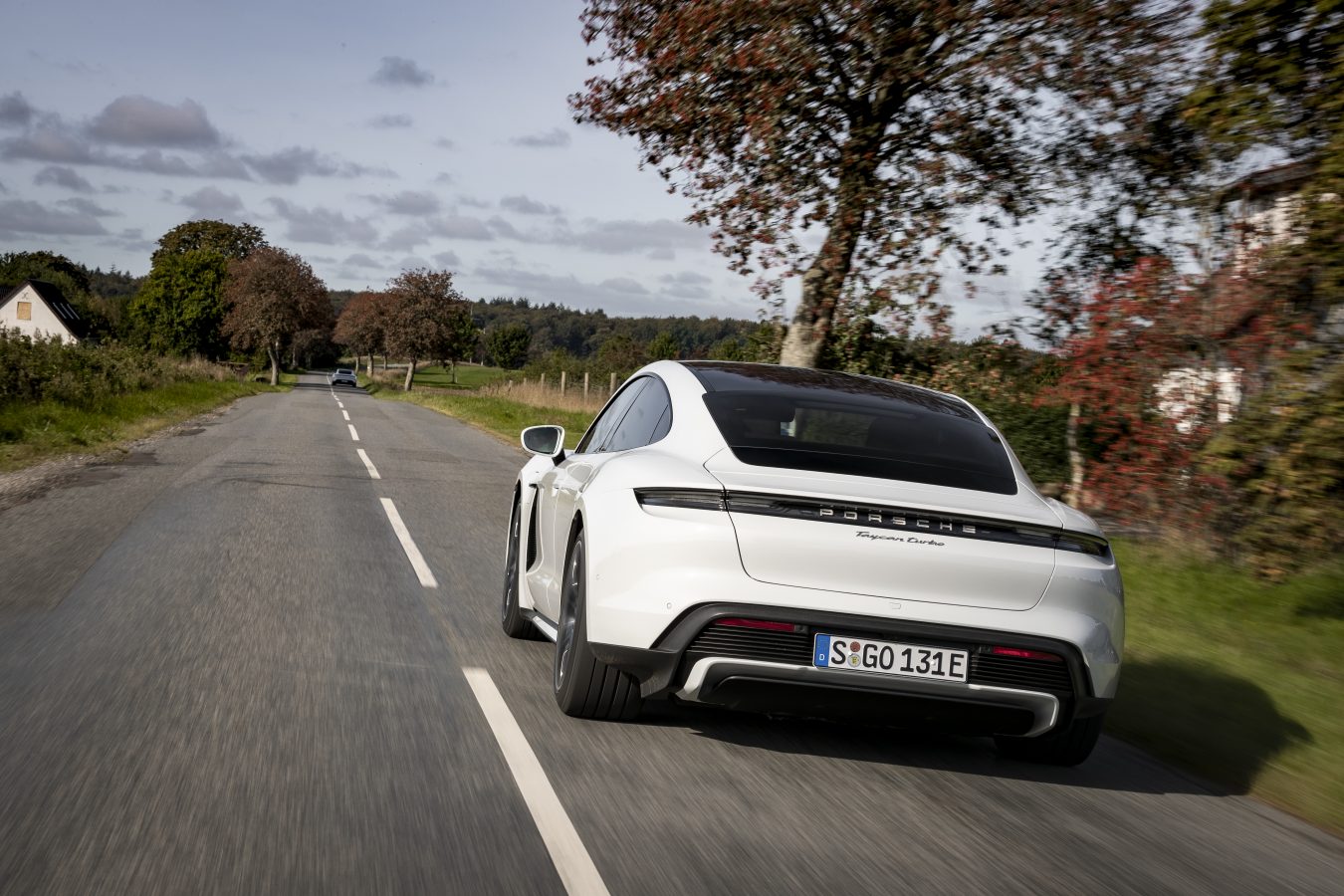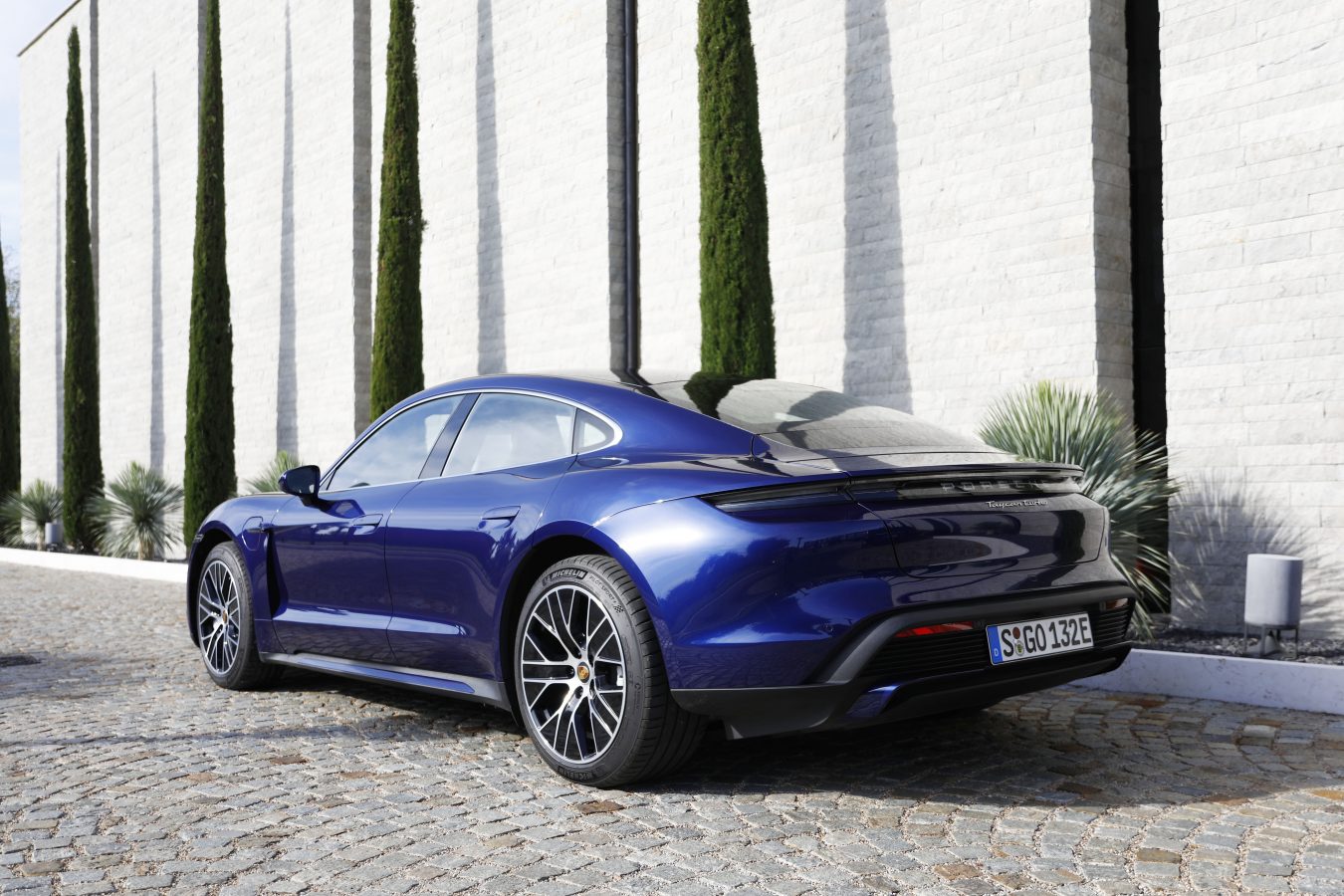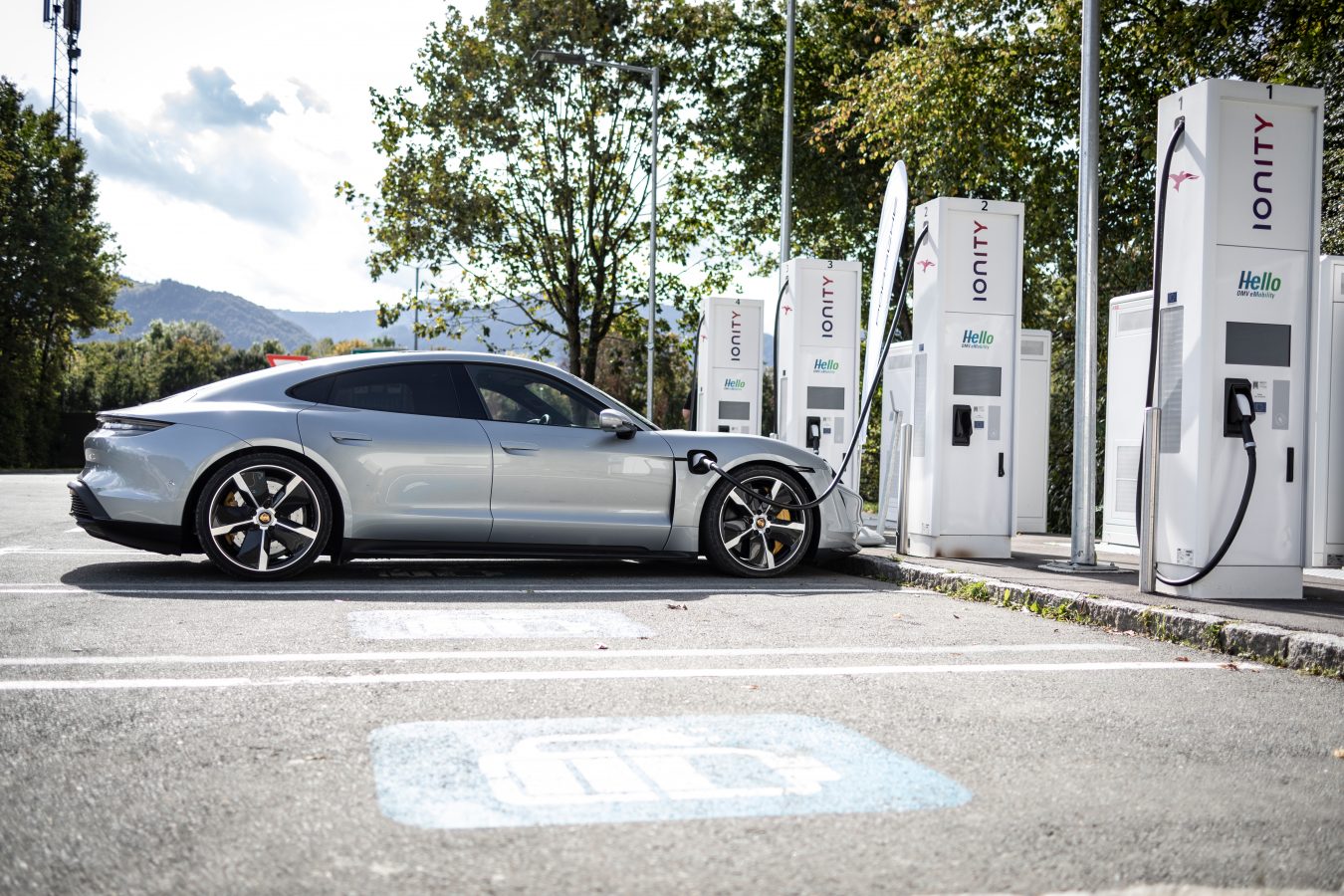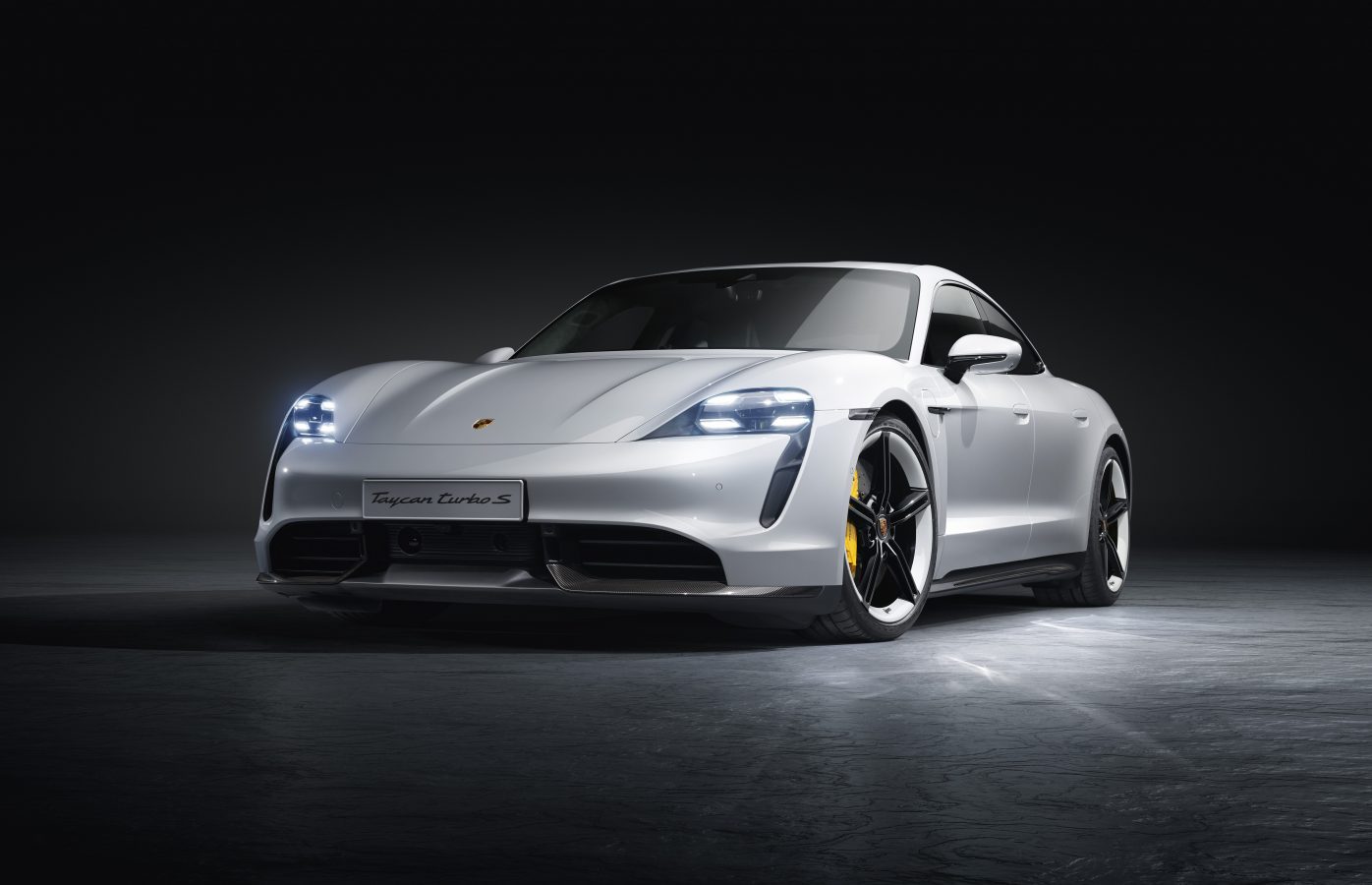Electric vs Gas: Porsche Taycan vs 718 Spyder at Toronto’s Porsche Track Experience
If you’re looking to clear your head and get away from it all for a day – and who isn’t these days – we’ve found something better than a day at the spa or any yoga retreat. The recently re-opened Porsche Track Experience near Toronto is a day (or two) of non-stop flat-out tire-shredding action in a wide selection of brand new machines from Porsche. They cater to everyone from beginners to experienced weekend-warriors, offering a range of programs to suit all skill levels.
It all takes place at the historic Canadian Tire Motorsport Park (formerly Mosport) which is about an hour from Toronto. Built in the 1950s, it played host to the Formula One Canadian Grand Prix through the ‘60s, as well as Can-Am, Indy Car and World Superbike races. The whole facility was revamped and modernized several years ago. It’s a world-class track, right in Toronto’s backyard – but most people don’t even know it’s there.
On this day in August, the pit lane is a sight to behold: a couple well-used Porsche 911 GT3 RSs, some 718 Spyders and GT4s, a few 911s, and Porsche’s first all-electric sedan: the Taycan. It’s a who’s who of great sports cars, and they’re all ours for the taking.
A professional racecar driver – our tutor for the day – leads us out onto the Driver Development Track (which is shorter and twistier than the daunting Grand Prix circuit.) There’s three of us, each in our own car, following the instructor. His voice crackles over the radio with some pointers: green cones mark corner apexes, red for the turn-in points, be patient on the throttle here, go flat-out there.
We’re in the 718 Spyder first. It’s as pure and old-school as sports cars come these days: manual gearbox, a high-revving naturally-aspired flat-six, rear drive, mid-engine. It handles like a go-kart, except so much better. Power builds gradually, in a perfectly linear fashion; you hear what the car is doing as much as feel it. A glorious cacophony fills the cabin as the motor hits its 8,000 rpm redline in second gear. Shifting up and over into third gear (a rare treat these days) the action is buttery smooth and feels precise and solid like an old Nikon.
It’s not the quickest thing around with “only” 414 horsepower (0-100 km/h takes 4.4 seconds) but the car is a featherweight. There’s enough power to break the rear tires free, but it’s so progressive a driver can easily dance the line between grip and slip.
